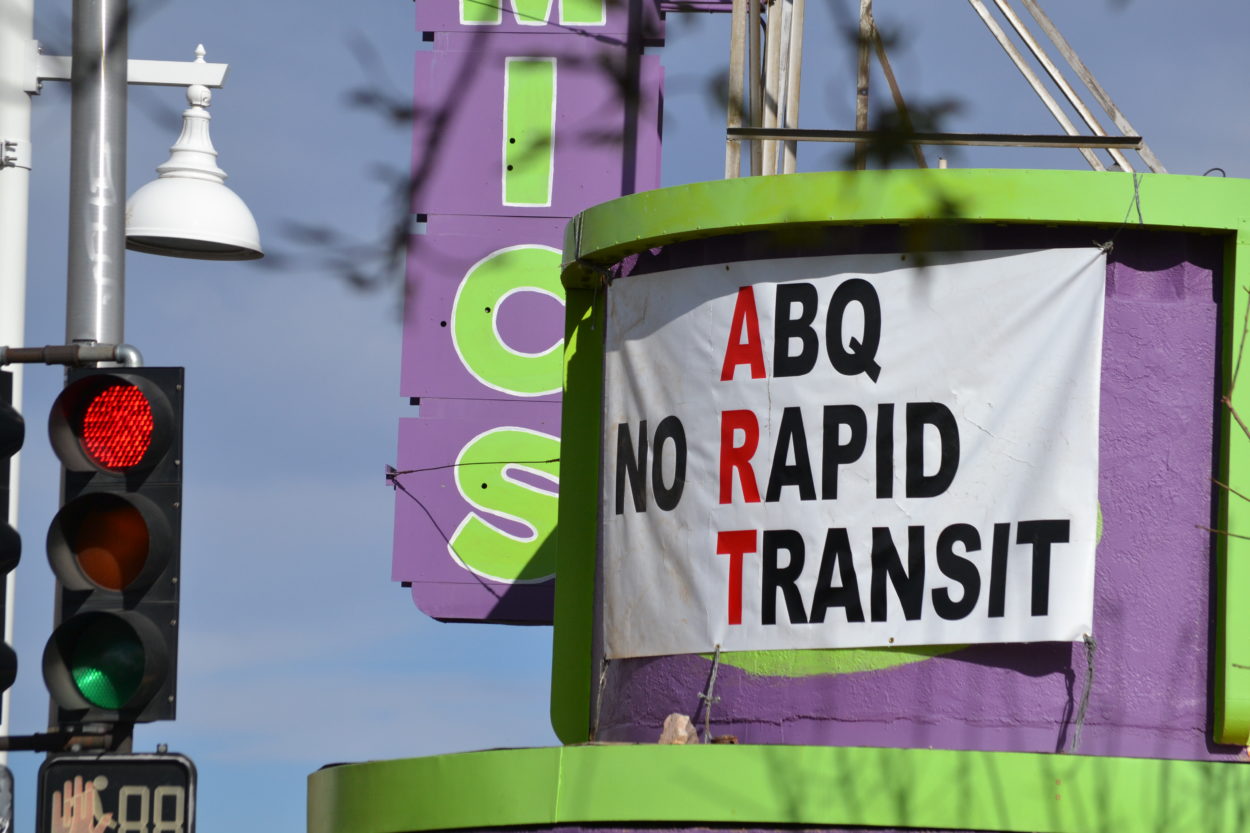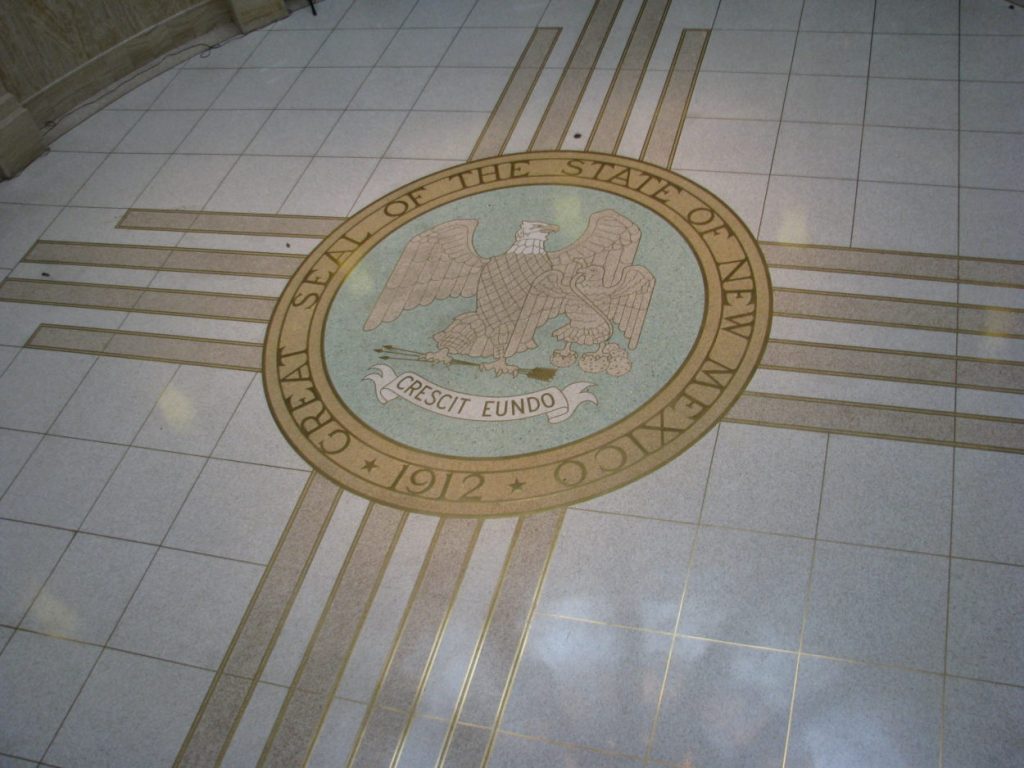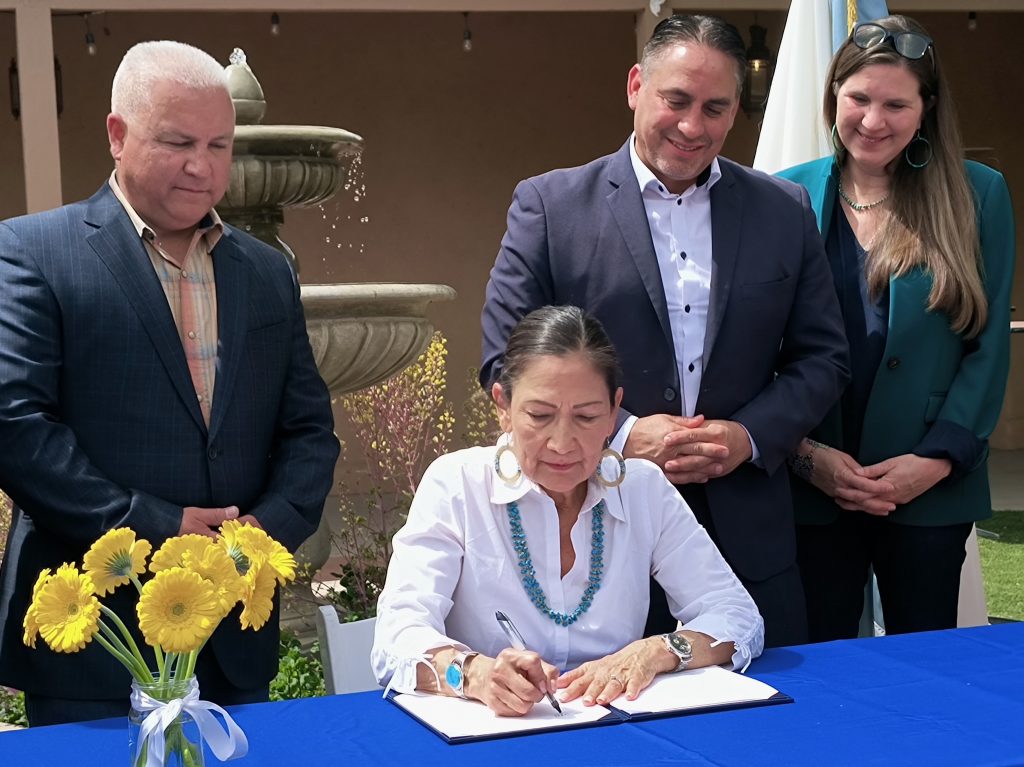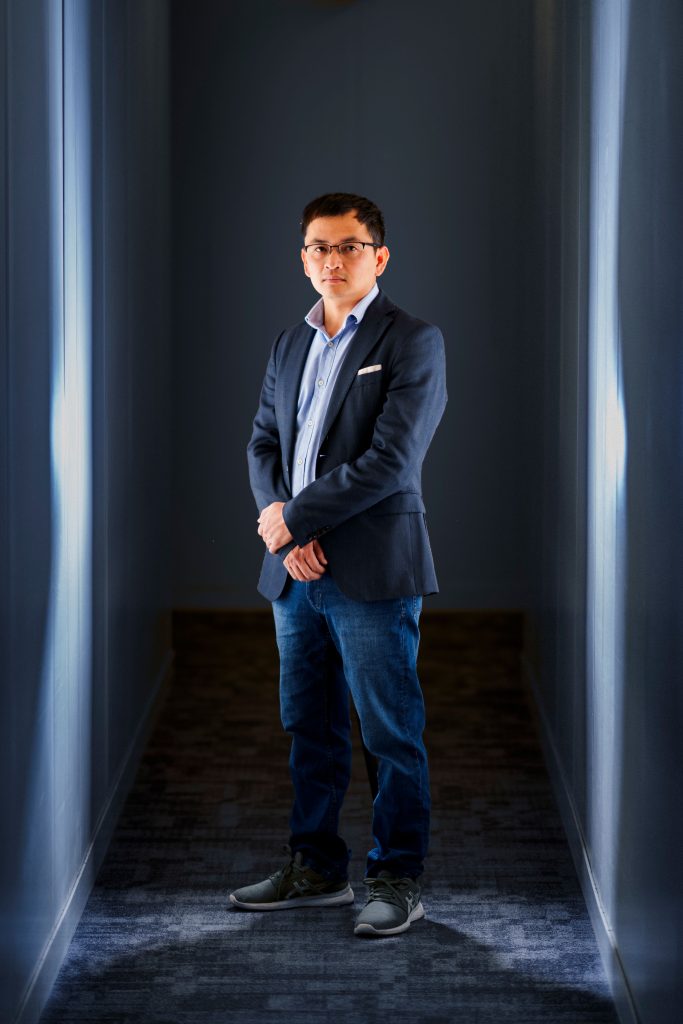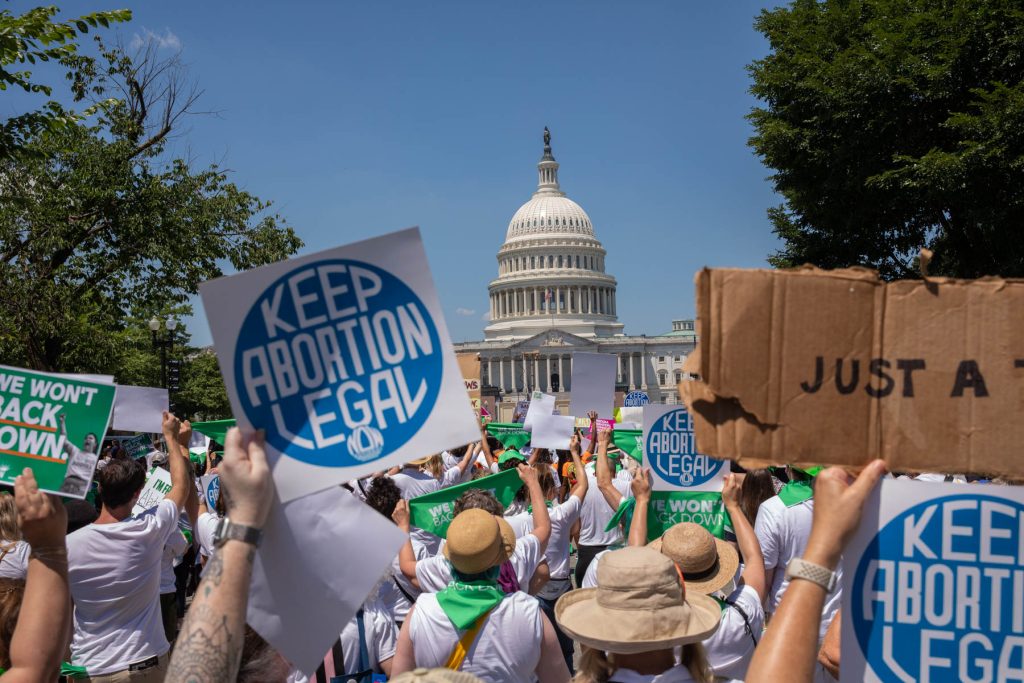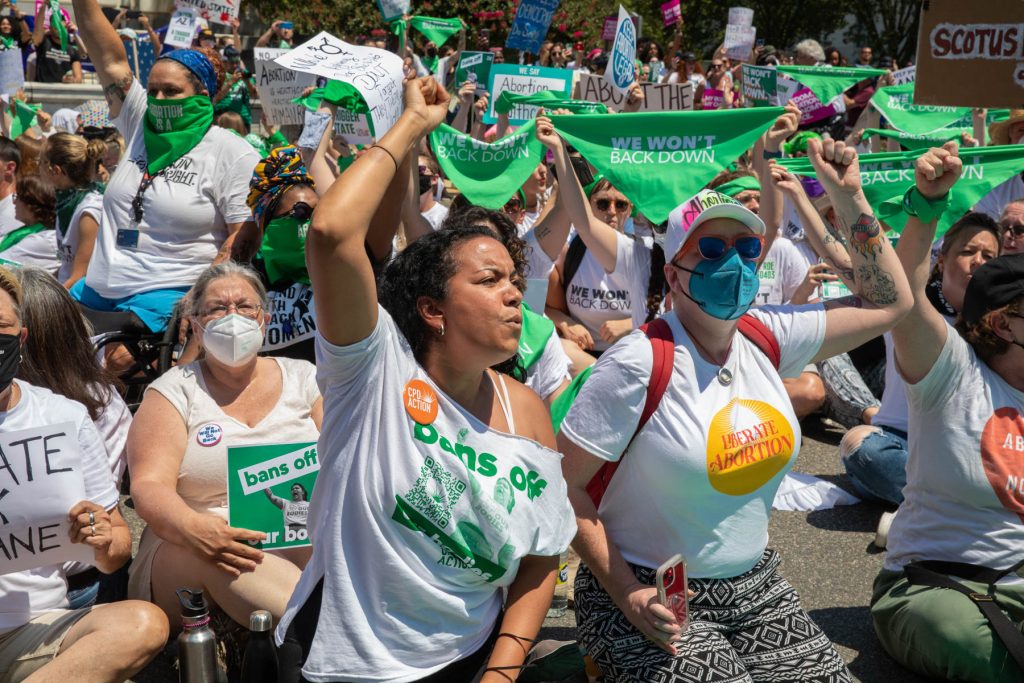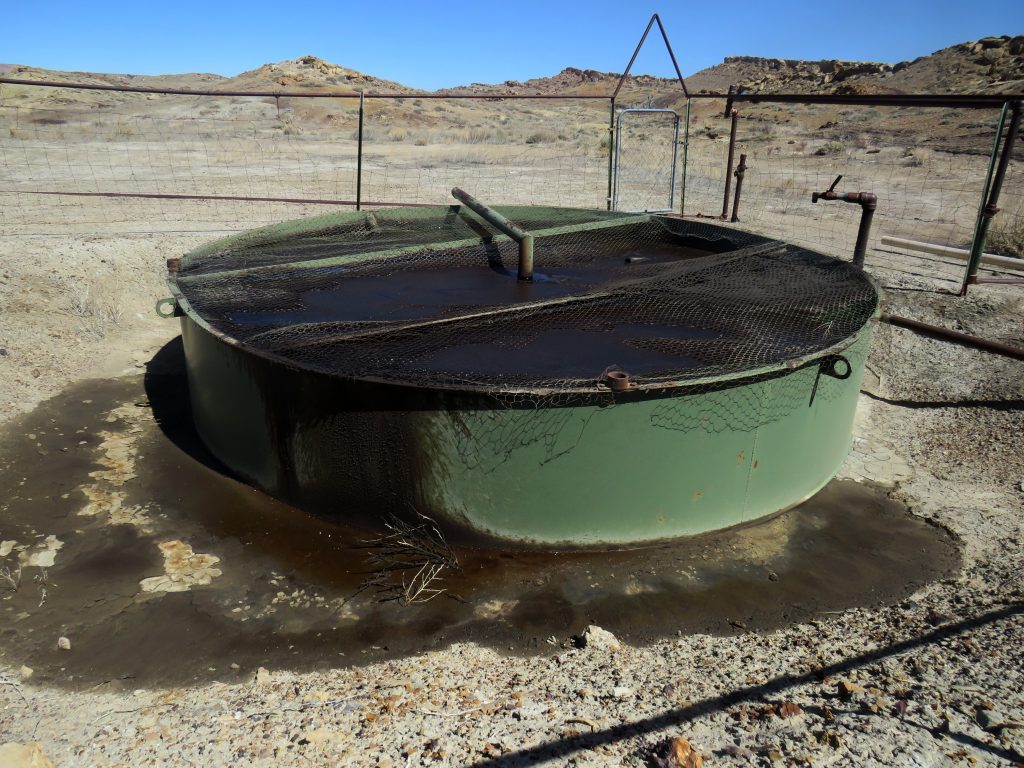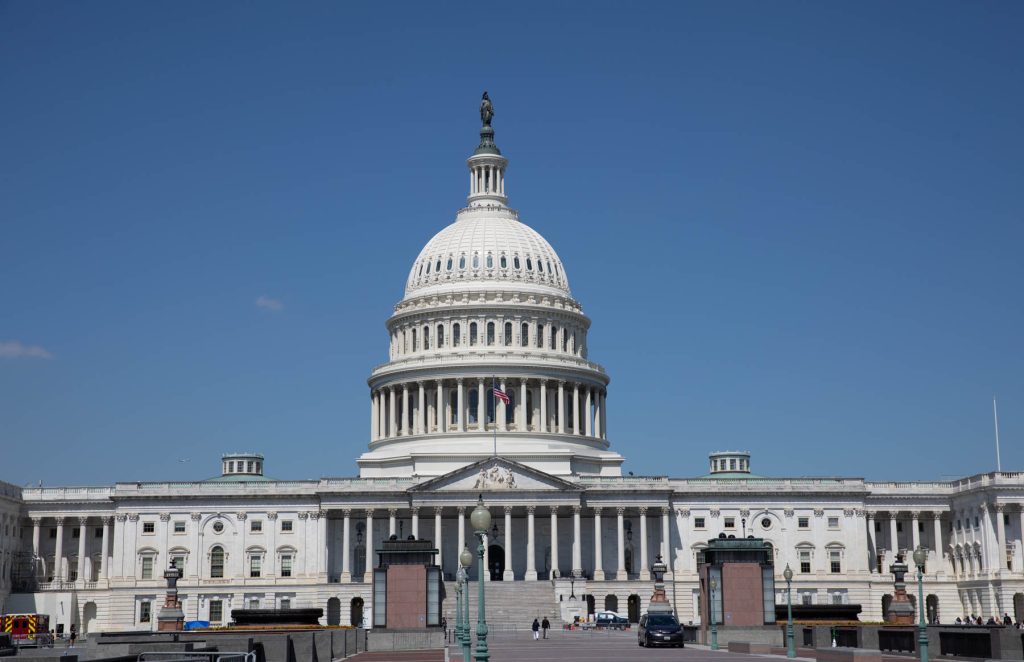City officials have long and often argued that the Albuquerque Rapid Transit project had to be run on dedicated lanes down Central Avenue in order to qualify for a “Small Starts” grant from the Federal Transit Administration.
 It has been those dedicated bus lanes and the reduction of general auto traffic on Central to two lanes in each direction between Louisiana and Coors that has caused much of the opposition to ART. The project’s opponents have also said that the city never considered an alternative to running ART down the middle of Central on dedicated lanes.
It has been those dedicated bus lanes and the reduction of general auto traffic on Central to two lanes in each direction between Louisiana and Coors that has caused much of the opposition to ART. The project’s opponents have also said that the city never considered an alternative to running ART down the middle of Central on dedicated lanes.
This article originally appeared on the ABQ Free Press website and is reprinted at NM Political Report with permission.
But more than two years ago a planner in the city’s transit department emailed his superiors to tell them that his interpretation that ART had to be run on dedicated lanes in order to get a Small Starts grant was incorrect. Despite that confession, the city never looked at a less disruptive way to put ART on Central.
The transit planner, Andrew de Garmo, emailed transit director Bruce Rizzieri and ART point person Dayna Crawford on Feb. 19, 2014, about his misinterpretation of the requirements for a Small Starts grant.
“I’ve been wrong on a crucial point, and I apologize for muddying the issues,” de Garmo’s email said. “A BRT project does not need to have any dedicated lanes to qualify for Small Starts funding; it only needs to have >50% dedicated lanes to qualify for New Starts funding. Corridor-Based BRT projects qualify for Small Starts are not required to have dedicated lanes.” De Garmo’s email linked to the Federal Register’s requirements for BRT projects and Small Starts grants.
The city’s application to the FTA is under Small Starts, not New Starts.
Attorneys in two federal court lawsuits challenging ART got de Garmo’s email on Tuesday as part of an Inspections of Public Records Act request it made of the city.
Attorney John Boyd, who represents plaintiffs in one of the lawsuits, tried to introduce the email into evidence during Wednesday’s hearing for a preliminary injunction against ART. U.S. District Judge Kenneth Gonzales said he would rule on the matter later in the two-day hearing.
Attorney John McCall, who represents plaintiffs in the second lawsuit against ART, mentioned the email during his opening statement an called it a “bombshell” document.
Attorneys represented the city and the FTA did not address the email during Wednesday morning’s hearing.
The lawsuits seeking to derail ART hinge on whether the FTA violated the federal National Environmental Policy Act and the National Historic Preservation Act in giving the city a pass on having to study the impact ART would have on the environment and businesses along Central. They allege that the FTA issued the “categorical exclusion” for the project despite the fact that there was great opposition in the community to it, and that the FTA violated its own rules in issuing the exemption.
But attorneys for the city and the FTA argued Wednesday that the FTA only had to consider opposition to the environmental aspects of the project, and not general opposition ART itself.
There has to be “substantial controversy on environmental grounds” and the FTA determined that there was no substantial environmental impact, attorney Tyler Burgess, who represented the
FTA, said in her opening statement. She also said the FTA was not required to hold public hearings on the city’s application for a categorical exclusion.
Burgess conceded that access to business along Central would be limited because of a reduction in left-hand turn lanes, but said it would be a minor inconvenience. “There will be some reduction in access to businesses,” Burgess said, adding that motorists could make left-hand, or U-turns every quarter of a mile along the 8.75-mile-long ART route. “Many individuals will simply have to go a couple of blocks out of their way,” to turn, she added.
Attorney Maria Lien, who represented the city, argued that ART was a “brilliantly conceived project” because it fits the dedicated bus lanes and wider sidewalks onto Central’s existing right-of-way. She also said the city would suffer harm if the project is delayed to the tune of $7,500 a day, and that delaying ART would harm current bus riders and people with disabilities. “There will be a delay in construction, harm to riders who will benefit, and harm to the transit dependent and to the disabled,” Lien said.
McCall and Boyd argued that ART would cause irreparable harm to businesses along and cause many to close. Steve Paternoster, owner of Scalo Northern Italian Grill at Central and Carlisle, testified that business would see a 50 percent reduction in revenue during ART’s construction phase.
Paternoster said Scalo needs $250,000 in sales every month just to break even. During the restaurant’s busiest months in the fall and winter holidays, it has monthly sales in the $280,000 to $290,000 range. During its slower months, sales are about $230,000. With payroll totaling $83,000 a month, Paternoster said he would probably have to lay off employees or cut their hours if ART is built.
“A 50 percent reduction in business is not survivable,” Paternoster said. “I think it’s going to be a disaster.”
Paternoster also testified that he first heard of ART during an Aug. 12, 2015 meeting at Scalo with city transit officials and Central Avenue business owners. Crawford and other transit officials told the business people that ART was needed because Rapid Ride buses on Central were running at capacity. And, Crawford said the business people hadn’t received prior notice of the meeting or ART because of an “email glitch” Paternoster said, adding that he dismissed that explanation.
“I was incredulous,” Paternoster said. “My tax bills seem to get to me on time.”

